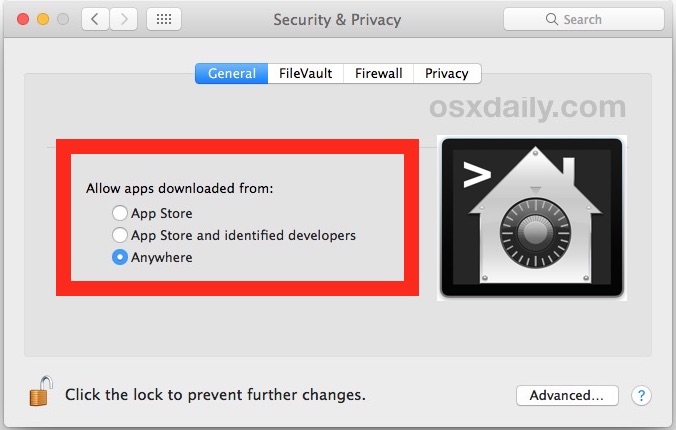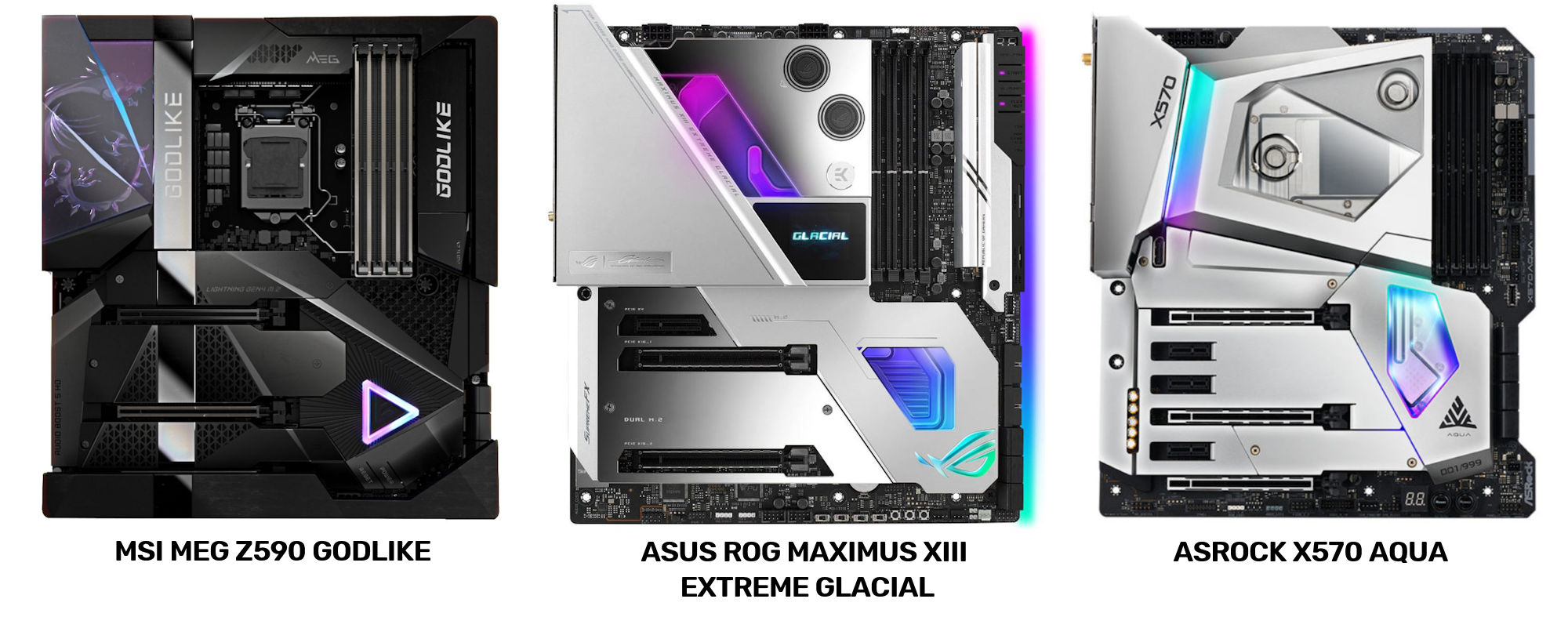Yeeted To Safety Mac OS
Get CleanMyMacX now: with what's new in macOS Big Sur 11!→ SUBSCRIBE FOR MORE VIDEOS: https://www.youtube.com/c/9to5mac?subco. To start your Mac in Safe Mode, first you need to figure out whether your Mac an Apple Silicon processor or an Intel processor. The method to start your Mac in Safe Mode varies depending on the type of processor that the machine has. To see what your Mac’s processor is, select the Apple Menu and click on About This Mac. Time to re-evaluate safety of Mac OS X. Published March 5th, 2014 at 11:07 AM EST, modified March 12th, 2014 at 11:27 AM EDT. My Mac Malware Guide has, for some time, made the claim that a properly up-to-date Mac OS X system cannot be infected by any known malware.
- Yeeted To Safety Mac Os X
- Yeeted To Safety Mac Os 11
- Yeeted To Safety Mac Os 7
- Yeeted To Safety Mac Os Update
- Yeeted To Safety Mac Os X
These key combinations apply only to Mac computers with an Intel processor, not Mac computers with Apple silicon.
Free download photoshop cc with crack.
To use any of these key combinations, press and hold the keys immediately after pressing the power button to turn on your Mac, or after your Mac begins to restart. Keep holding until the described behavior occurs.
- Command (⌘)-R: Start up from the built-in macOS Recovery system. Or use Option-Command-R or Shift-Option-Command-R to start up from macOS Recovery over the Internet. macOS Recovery installs different versions of macOS, depending on the key combination you use while starting up. If your Mac is using a firmware password, you're prompted to enter the password.
- Option (⌥) or Alt: Start up to Startup Manager, which allows you to choose other available startup disks or volumes. If your Mac is using a firmware password, you're prompted to enter the password.
- Option-Command-P-R:Reset NVRAM or PRAM. If your Mac is using a firmware password, it ignores this key combination or starts up from macOS Recovery.
- Shift (⇧): Start up in safe mode. Disabled when using a firmware password.
- D: Start up to the Apple Diagnostics utility. Or use Option-Dto start up to this utility over the Internet. Disabled when using a firmware password.
- N: Start up from a NetBoot server, if your Mac supports network startup volumes. To use the default boot image on the server, hold down Option-N instead. Disabled when using a firmware password.
- Command-S: Start up in single-user mode. Disabled in macOS Mojave or later, or when using a firmware password.
- T: Start up in target disk mode. Disabled when using a firmware password.
- Command-V: Start up in verbose mode. Disabled when using a firmware password.
- Eject (⏏) or F12 or mouse button or trackpad button: Eject removable media, such as an optical disc. Disabled when using a firmware password.
If a key combination doesn't work
If a key combination doesn't work at startup, one of these solutions might help:
- Press and hold all keys in the combination together, not one at a time.
- Shut down your Mac. Then press the power button to turn on your Mac. Then press and hold the keys as your Mac starts up.
- Wait a few seconds before pressing the keys, to give your Mac more time to recognize the keyboard as it starts up. Some keyboards have a light that flashes briefly at startup, indicating that the keyboard is recognized and ready for use.
- If you're using a wireless keyboard, plug it into your Mac, if possible. Or use your built-in keyboard or a wired keyboard. If you're using a keyboard made for a PC, such as a keyboard with a Windows logo, try a keyboard made for Mac.
- If you're using Boot Camp to start up from Microsoft Windows, set Startup Disk preferences to start up from macOS instead. Then shut down or restart and try again.
Remember that some key combinations are disabled when your Mac is using a firmware password.
Learn more
- Keyboard shortcuts that you can use after your Mac has started up.
All Mac OS versions run on a technology called Gatekeeper, It’s designed to ensure that only trusted software runs on your Mac. If the software you are trying to open is not certified you will see a message like this “can’t be opened because apple cannot check it for malicious software.”
Yeeted To Safety Mac Os X
Top Examples
- “mysqlworkbench” can’t be opened because apple cannot check it for malicious software.
- “sourcetree” can’t be opened because apple cannot check it for malicious software.
Note: Allowing apps to be installed manually brings potential risk from malware. Programs like Source Tree are legit, however try to make sure you are downloading the latest version of the software and from an authorized website before proceeding.
Bypass “Can’t be opened because apple cannot check it for malicious software.”
Most applications can be easily opened by this method:

Time Needed :2 minutes
“Can’t be opened because apple cannot check it for malicious software.”
- Method 1
System Preferences -> Security & Privacy -> click “Open Anyway”.
- Method 2 – Right Click App
Instead of double clicking on the app, just right click and press Open.
You will get a notice “Can’t be opened because apple cannot check it for malicious software.” however you will still get the option to open the program - Method 3 “Works for Mac OS Catalina”
Open “Terminal” App — Applications > Terminal. Use
xattrto remove the app from quarantine. Source Reddit$ xattr -d com.apple.quarantine <app-path>
Materials
- Mac OS Catelina, Mojave and Older
Apple has removed the option allow all third Party Applications.
Since the release of the Mac OS Catalina apple has removed the option in the Security and Privacy settings to allow programs from “Anywhere” to be downloaded. From now on only individual programs can be given permission to be installed.
Yeeted To Safety Mac Os 11
- Why do I get the message “can’t be opened because apple cannot check it for malicious software.”
Many programs have a notarization issue since the Catalina Update. Apple has tightened its privacy policies and has limited certification to apps only in the app store. Even though there are workarounds most users might feel an unease to install such programs.
Most Common “can’t be opened because apple cannot check it for malicious software.” Errors
- “java 8 update 251” can’t be opened because apple cannot check it for malicious software.
- “jdk 8 update 251.pkg” can’t be opened because apple cannot check it for malicious software.
- “sourcetree” can’t be opened because apple cannot check it for malicious software.
- “runescape” can’t be opened because apple cannot check it for malicious software.
- “mongodb compass” can’t be opened because apple cannot check it for malicious software.
- “mysqlworkbench”
- “Origin”
- “macperformance”
- “appium”
- “nox app”
- “install”
“mysqlworkbench” can’t be opened because apple cannot check it for malicious software.
Yeeted To Safety Mac Os 7
“mysqlworkbench” refers to MySQL Work Bench is a legitimate program and it should not be considered malware. It is a unified visual tool for database architects, developers, and DBAs. MySQL Workbench also provides data modeling, SQL development, user administration, backup, and much more. MySQL Workbench compatible with most version of Mac OS X, including the latest version Mac OS 10.15.5
“sourcetree” can’t be opened because apple cannot check it for malicious software.
Yeeted To Safety Mac Os Update
Sourcetree most definitely is not malicious. It interacts with your Git repositories and visualizes and manages your repositories through Sourcetree’s simple Git GUI. It is a Free Git client that is compatible with both Mac OS 10 and Windows 10. Make sure you have downloaded the latest version of SourceTree for Mac
“java 8 update 251” can’t be opened because apple cannot check it for malicious software.
https://tracksoft.mystrikingly.com/blog/how-old-to-gamble. “Java 8 Update 251” (8u251) refers to the latest version of Java 8.0. This is not malicious software however you cannot download the software from the app store therefore the pop up message will show up in all cases. If you are interested in what the latest updates includes you can check out the official update release for Java here.
mysql-8.0.21-macos10.15-x86_64.pkg
The latest MySQL package for mac is appearing to have the same problem. Installing it directly from the official MySQL page will still lead to the same message “mysql-8.0.21-macos10.15-x86_64.pkg” can’t be opened because apple cannot check it for malicious software.
Alternative messages

Some users have been receiving a similar message “macOS cannot verify that this app is free from malware”. It is again related to gatekeeper technology where the application is not verified by apple. Many reputable applications have such a message when trying to install on a mac.
Cannot be opened because it is from an unidentified developer mac
Yeeted To Safety Mac Os X
In this case MacOS is not mentioning that this application is potentially dangerous. This is somewhat confusing as many unidentified developer apps for Mac do receive a message that it cannot be checked for malicious software. If you do however get this message you can still bypass and open the app with the same instructions above.